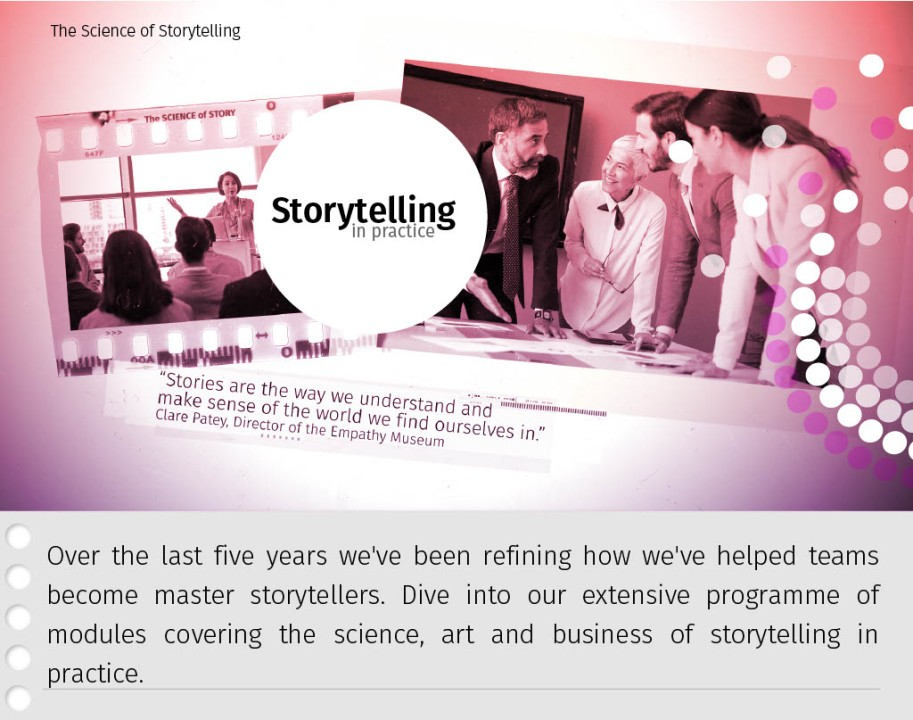
A Journey Through the Art of Storytelling
- Home
- Article

A Journey Through the Art of Storytelling
In the vast realm of human communication, storytelling stands as a timeless art form that transcends cultures, generations, and epochs. From ancient campfires to modern digital platforms, stories have been the threads that weave the fabric of our shared human experience. In this exploration of storytelling, we embark on a journey through its various facets, unraveling the magic that captivates hearts and minds.
I. The Essence of Storytelling:
At its core, storytelling is the art of conveying a narrative through words, images, or actions. It goes beyond mere entertainment, serving as a vehicle for culture, values, and collective wisdom. The power of storytelling lies in its ability to engage emotions, provoke thought, and create connections between individuals, fostering a sense of shared identity.
II. The Arc of a Story:
Every compelling story follows a narrative arc—a trajectory that takes the audience from an initial state of equilibrium through rising tension to a climactic resolution. Understanding the components of this arc, such as exposition, rising action, climax, falling action, and resolution, is crucial for storytellers to craft engaging and memorable tales.
III. Characters: The Heart of the Tale:
Characters breathe life into stories, serving as vessels through which the audience can experience the narrative. Whether heroes, villains, or complex anti-heroes, well-developed characters add depth and relatability to the storytelling tapestry. This section explores the art of character creation, delving into the nuances that make characters resonate with the audience.
IV. Setting the Stage:
The setting of a story is not merely a backdrop; it is a vital element that shapes the narrative's atmosphere and influences the characters' journey. Whether it's a fantastical realm, a historical period, or a contemporary urban landscape, the setting plays a pivotal role in grounding the audience and immersing them in the world the storyteller wishes to convey.
V. The Power of Themes:
Themes provide stories with a unifying and meaningful structure. They are the underlying messages, concepts, or motifs that give depth and purpose to the narrative. Exploring the use of themes in storytelling allows us to understand how storytellers communicate universal truths, provoke introspection, and inspire change through their tales.
VI. The Evolving Medium: Storytelling in the Digital Age:
In the 21st century, storytelling has embraced new mediums, from podcasts and interactive fiction to virtual reality experiences. This section examines how technology has influenced the way stories are told, consumed, and shared, paving the way for innovative and immersive storytelling experiences.



